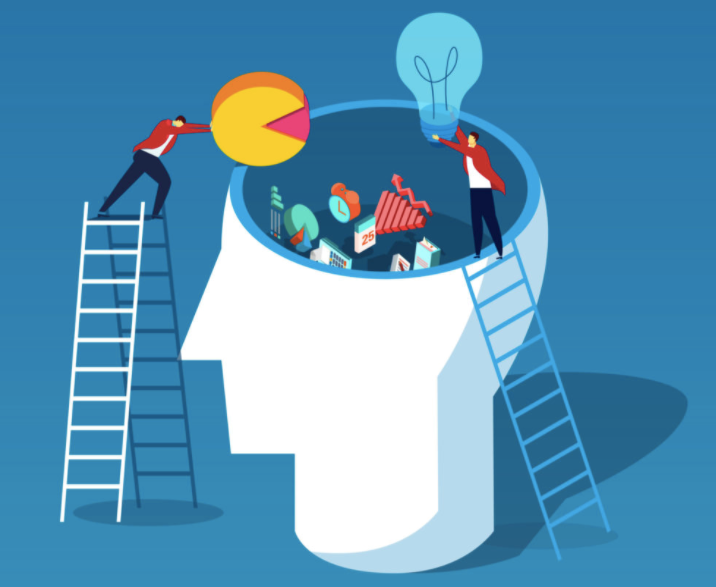Each K–12 school CTO would remind you the moving to a remote learning environment requires strategic long-term planning, resource management, focused sustainable professional development and equal equipment access and students' connectivity. The challenge, however, was when state legislation relating to coronavirus pandemics shut school buildings last year. The schools scrambled to create on-line learning strategies to ensure consistency for the last months of the school year, recognizing the negative effect that school locks would have on students' access to education.
Remote education is not the same as “person-to-person”guidance for students
The expectation of continued academic growth and the well-being of their students in the new normal burden particularly upon teachers in the classroom and support professionals. Despite the temporary removal of Wi-Fi hotspots and routers, educators and students will have to communicate with each other, engage in fun learning experiences, develop skills and create them, and explore and personalize learning through project-based activities. As dedicated educators, teachers and support staff try to use data for training, to assess master's skills, to differentiate between learning skills and sties, to build connections and to care for the students' emotional and physical well-being.
The crisis-driven model of education is evidently disrupted by educators who seek to recreate their students' complex face-to-face classroom experiences. However, it is not easy to replicate what the students will do with the teachers in a classroom.

Discover new approaches to dynamic learning
The new resources for school districts are not schooling and e-learning. After rollouts for education in Chromebooks, tablets and laptops, the capacity of students and educators to collaborate, create, and communicate in the 21st century has increased. Nevertheless, due to the pressing and urgent nature of dedicated teachers when learning from a remote viewpoint, the sharing, creating fillable workbooks and assigning multiple types of assessments online can prove less daunting to their students. The models used for these approaches are simply substitutes for face-to-face learning (substitution, enhancement, modification and redefinition) and won't transform education in any setting.
Using the ISTE student standards, educators may use remote learning to encourage students to build up their skills, to be machine thinkers and to be innovative communicators. With the educational approach of the flipped classroom, and with tools for the development of screen applications, virtual conference areas, collaborative papers and learning management systems, dynamic and immersive learning environments can be produced on a short-term and long-term basis.
Using online education proven approaches
As long-term learners, educators also strive to provide the best teaching tools and resources to students. Although in this time of educational triage that is extremely commendable, educators and students should make use of instruments already embedded in their classroom.
Free educational technology with fast solutions to model traditional learning experience will easily attract people. Educators should stick to what they know and what is already running where possible, although the barriers to e-learning are daunting.
Education providers and managers will look at integrating technology into education through the Triplee Framework lens of commitment, improvement and extension of learning goals even in this period of compulsory learning. Professor Liz Kolb from the University of Mikhi says on the Triple E Platform website: "Effective use of technology in learning is focused on effective learning education strategies." By using technological tools to help students stay at home and achieve their objectives in an e-learning environment, the students will be able to learn. The approach also promotes deeper engagement in the areas of student interest and creates real and global connections.
Adopt team learning and co-teaching to support the education community
Educators and support staff work together on a daily basis through department, grade level and team meetings, exchanging data and encouraging students. Such invaluable incentives lead to greater engagement, less restraint, improved academic results and better recognition of high-risk students. E-learning silos can have a negative influence on the future success of students in the long run. Educators should incorporate co-teaching frameworks into their virtual classrooms to avoid this. The educators at graduation and curriculum rates don't have to go alone by means at educational networks such as Google Classroom and Microsoft teams as well as learning management systems like Schoology and Canvas. Co-learning strategies of remote learning — including parallel, alternative, stationary and team teaching — help educators. This will also provide students with a clear study experience.
Similar to the above products, Edmodo Classroom is a popular lesson preparation tool for teachers, which gives your online audience a large canvas of information that they can easily explore at their own pace. Edmodo Classroom does a great job informing the audience without overwhelming them. Apart from this, it is packed with education industry's best Subject Tools and high-quality 3D resources which can help teachers reform their methods and tools to deliver online learning sessions.
Educators feel the pain of change to remote learning and changes. We are well aware of the impact on curricula, face-to-face student relations and support for all learners that closed school buildings hold. Take time to reflect on the experience gained and the skills acquired and the relationship with colleagues, students and parents. Three things are important to remember. Continue to resolve the educational and cultural gaps that have arisen in this sudden crisis between students and families. Most significantly, it is important to recognize the role of educators in the life of students, both in classroom walls and on the computer.

